Well, not this year, despite my misleading headline. I'm actually going to watch it from the best place to view a sporting event -- my living room couch. However, last year I did go to Augusta to see Phil Mickelson best Ernie Els in a historic shootout. Here's the story I wrote for the National Post travel section on my experience:
Master plan: For the golf fanatic who has everything? A trip to the Masters tournament
What do you give to the golfer who has everything and has seemingly played everywhere? What do you give when a dozen Titleist Pro-V 1 golf balls won't cut it?
Give the toughest ticket in sports -- a decadent one-day trip to the Masters, golf's highest-profile event.
For years, the only way to get your hands on a ticket was to take your chances with scalpers. After all, tickets for the Masters can be handed down among family members and are limited by *Augusta* National Golf, the club that controls the tournament. Though badges that allow entry to each day of the tournament have an official price of only US$175, tickets are known to trade for thousands of dollars on eBay and through ticket brokers.
If you're not keen on going through an online auction, Canada's JTB Enterprises offers an assortment of one- and two-day packages to *Augusta* to see the likes of Tiger Woods, Mike Weir and Phil Mickelson battle it out. JTB and its owner, John Barr, are well known in the golf travel business, running the Canadian branch of the high-end European travel service Perry Golf.
Everything about the trip, including the golf, is first class. JTB offers a charter directly to *Augusta*, where fans are bused to a tent directly outside the golf club's gates. There fans can get drinks, food and the opportunity to escape the crowds and weather for a short period.
But most Masters fans won't spend long hanging out in a tent -- they'll head straight for the course.
The excitement of watching the game's greatest players is eclipsed only by the thrill of seeing *Augusta* National, the fabled golf course itself.
Surely one of the best-known golf courses in the world, the experience of seeing *Augusta* regularly exceeds the excitement many garner from watching the golf. After all, wandering up and down the
hills at *Augusta* is close to a religious experience for many recreational golfers.
True to form, *Augusta* is what many expect: impressive, impeccably groomed, dastardly difficult in spots and one of the most exciting venues in sports. It is also different from what many expect, with
dramatic elevation changes throughout the course, especially on the opening holes, which rarely receive much TV coverage.
Second, during this year's dramatic shootout between Phil Mickelson and Ernie Els, *Augusta* National turned into a dramatic amphitheatre, with the crowd's cheers ringing through the golf course. The only
issue with watching live golf is that most times, a spectator can see only a solitary hole.
That is true, for the most part, even at *Augusta*. However, on the three-hole stretch from the 11th hole to the 13th, known as "Amen Corner," several thousand fans camp out to be able to catch a
glimpse of golfers as they play the most exciting triumvirate in the game.
On my trip to *Augusta*, I got lucky in choosing a strong group to follow, watching former U.S. Open champion Els and Korean star K.J. Choi for all 18 holes during the final round. The players would make
three eagles between them, offering the opportunity to see two of the world's best players in top form.
While *Augusta* is crowded on every day of the tournament, the course allows spectators -- or "patrons," as the club calls them -- to see much of the action. In fact, it is quite easy to get near many of
the fairways and greens, close enough to see Tiger Woods grimace at a missed putt, or John Daly swig from a Diet Coke.
All of this comes with a lofty price. John Barr, the proprietor of JTB Enterprises, charges $4,000 for the one-day package and $5,000 for the two-day ticket, which includes golf and accommodation at the
world-class Ritz-Carlton at Reynolds Plantation.
Expensive? Certainly. But the real question is how much are you willing to pay for a once-in-a-lifetime sports experience?
In the case of the Masters, you won't be disappointed.
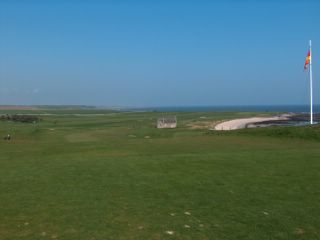
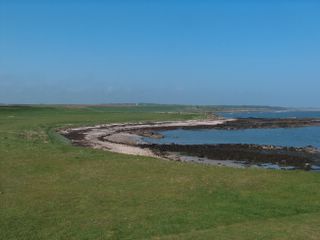
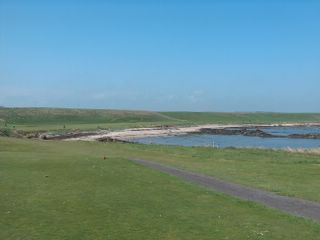
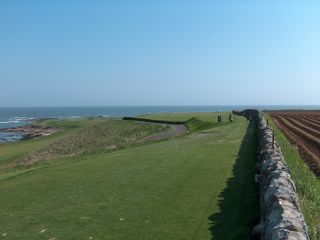
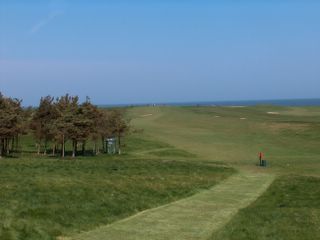
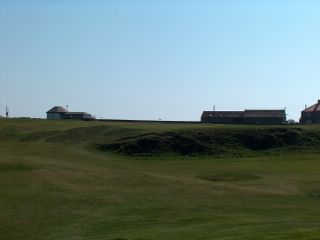
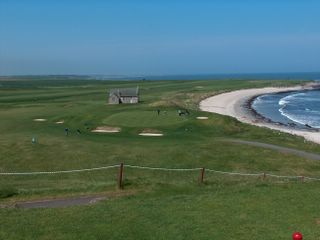
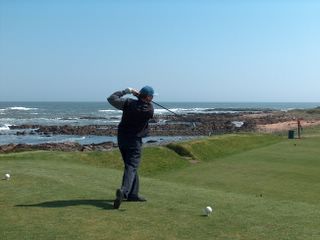
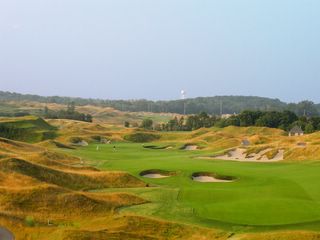
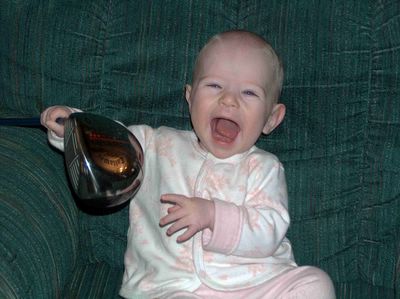


 Blog Directory
Blog Directory
